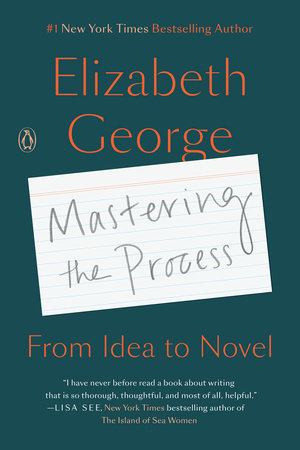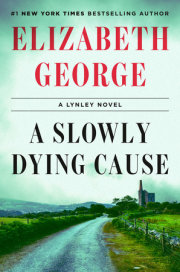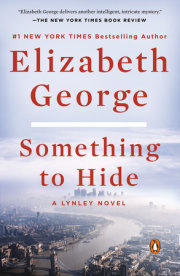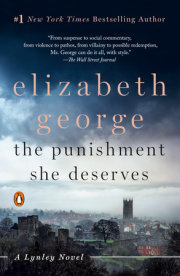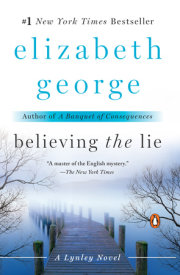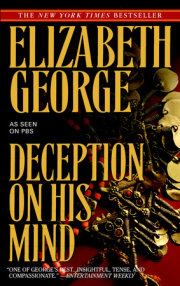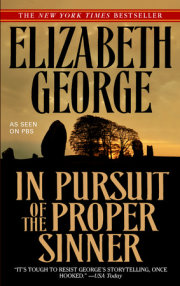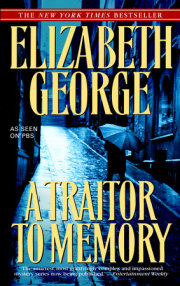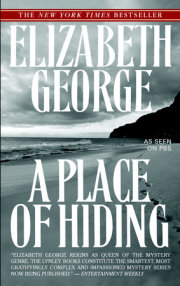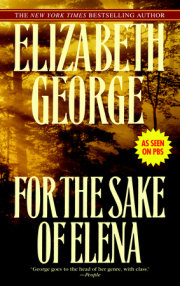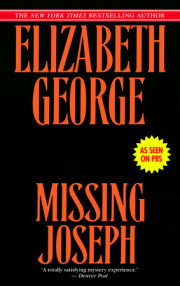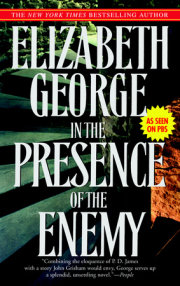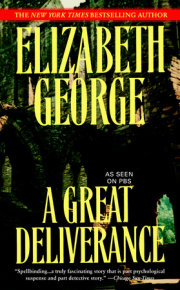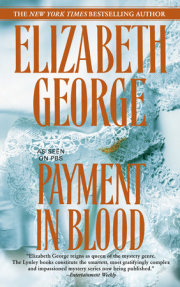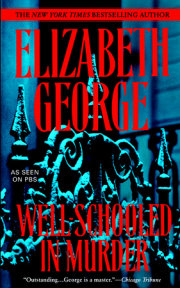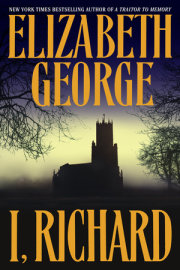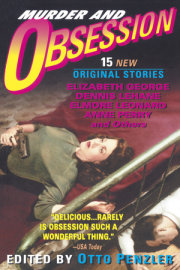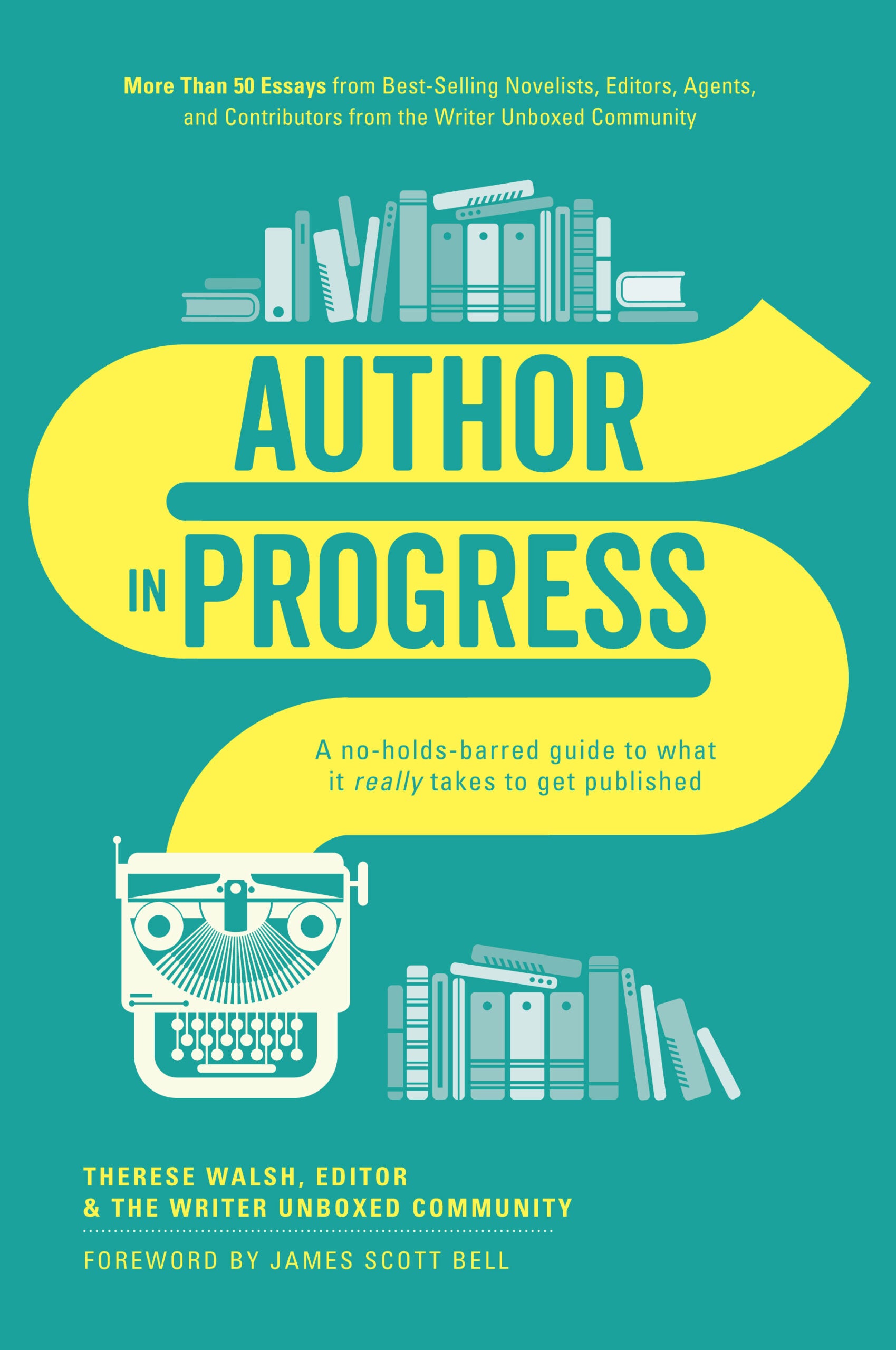Chapter 1
Research
Eliminating the Fear of the Blank Page
There's some sense in arguing that writing can't be taught, especially if one sees writing as purely art with no craft behind it to serve as a foundation. For art is the result of the impulse to create, and an impulse can neither be taught nor learned. An impulse just is. The result of that impulse is always in the eyes of the beholders who judge it and find it . . . well, any number of things: magnificent, inventive, idiotic, exceptional, mundane, vulgar, awe-inspiring, moving, nauseating. Name the reaction and someone will have had it. Tracey Emin's bed on display at the Tate Modern in London is, I believe, a good example of the impulse to create. To some people it's art; to others it's an immense joke that Emin is playing upon the public.
The truth is that there is very little that we can call "pure" art, something arising from an impulse to create but having nothing besides impulse serving as its foundation. Most art is based on a fundamental knowledge of craft, and craft is what an artist puts to work in order to create a piece of art. It is this-craft-that can be both taught and learned.
For example, should one wish to become a sculptor, there is something to be learned about working with stone before one bangs out the Pietˆ. It helps to understand how the old masters painted before slapping The Night Watch onto canvas. Someone working in bronze learns about molding clay or the lost wax method first and then goes on to The Burghers of Calais. One might want to learn exactly how to blow glass before expecting to be the next Dale Chihuly. All of this is craft, and craft is what we use as a foundation for art. In writing, an understanding of craft is what we use to develop process. In writing, process is what we follow to write a novel.
Essentially, by developing and utilizing a process, we eradicate our fears of the blank page and eliminate the chaos of the thoughts that are produced by our mental committees. We trick our minds into believing that there is actually a recipe for novel writing.
For me, this trickery begins with research, and the research comprises not only the background information I need in order to write with some degree of authority about various subjects that may or may not come up in my novel but also an experience and an understanding of the place in which the novel is going to be set so that locations can be rendered with accuracy. These days, some of this can be done via the Internet, especially when it comes to preliminary information that might well fuel the story. But for me, most of it needs to be done in person, in the actual setting, especially when the setting can inspire plot elements that I wouldn't have considered had I not been there to prowl around.
By traveling to a location, I'm able to examine the broad landscape in which the novel is going to occur. This landscape is filled with countless details-equating to countless possibilities-that I can't see using Google Earth. My job while in the location is twofold: I'm choosing from among myriad details those that will illuminate the story; I'm also looking for a score of places that can be used as individual settings for scenes in the novel. While doing this, I try to take into the examination of place absolutely no preconceived notion about how anything I see might be used. I simply look for places that shout "story" to me. Upon seeing them, I make no determination about where in my novel each place will fit or even if a place will fit at all. I just see the place as a story possibility and add it to my storehouse of collected knowledge about a location.
Here is what I knew when I went to Cornwall to do the research for Careless in Red:
In one of the previous novels-With No One as Witness-the wife of my central character (Thomas Lynley) is murdered in a completely senseless street crime in London.
Crushed by grief, Lynley has returned to his family home in Cornwall, having resigned from his job in London with the Metropolitan Police.
Because his mother, brother, sister, and niece live there in the home to which he has decamped and because of their deep and overt concern for him, he comes to feel that he must get away, in order to deal privately with his sorrow.
To do this, he embarks on a walk along the South-West Coast Path in Cornwall. This will take him from the vicinity of Lamorna Cove in Cornwall where his home is, around Land's End, and north to Minehead in Somerset, a distance of more than two hundred miles.
That was what I knew. That was all I knew. Because of my choice of location, I had also decided that the novel would touch upon surfing in some way. This meant that most, if not all, of the locations chosen as individual settings would probably be along the coast of Cornwall rather than inland.
Since Lynley is experiencing not only terrible grief but also the need somehow to get through it, I was looking for settings in Cornwall that would be appropriate to the tone of melancholy that I wanted to depict. This meant that, because Lynley was going to be on the South-West Coast Path, I was going to have to walk parts of the path myself in order to see if there were specific places where I could visualize him, finding locations that would serve my purpose of establishing both tone and atmosphere. I knew that the description of place and the depiction of Lynley's reaction to place would help in doing this. The critical part was finding a spot that would also be useful in launching the crime story at the heart of the novel.
Thus, my job was to make certain that I understood what the environment was like through a personal experience of it so that I could then use it with confidence, rendering with verisimilitude the action within every scene. That meant going to Cornwall at approximately the same time of year that Lynley would be there.
If you examine Image 1 and Image 2, you'll see two of the photographs I took while on location in north Cornwall. It was the month of March when I was there, the wind was blowing fiercely from the Ural Mountains, the temperature was hovering in the vicinity of thirty degrees, and the weather alternated between fog and rain. I would have been hard-pressed to find a better environment to photograph and to record impressions if I wanted to achieve an atmosphere of melancholy and a tone of grief.
At the time, I wasn't sure how or if I could use either of these pictures of this place. But given my experiences walking various sections of the South-West Coast Path, I developed the opening of the novel, which would take place a month later than the month during which I made my explorations:
He found the body on the forty-third day of his walk. By then, the end of April had arrived, although he had only the vaguest idea of that. Had he been capable of noticing his surroundings, the condition of the flora along the coast might have given him a broad hint as to the time of year. He'd started out when the only sign of life renewed was the promise of yellow buds on the gorse that grew sporadically along the cliff tops, but by April, the gorse was wild with color, and yellow archangel climbed in tight whorls along upright stems in hedgerows on the rare occasions when he wandered into a village. Soon foxglove would be nodding on roadside verges, and lamb's foot would expose fiery heads from the hedgerows and the drystone walls that defined individual fields in this part of the world. But those bits of burgeoning life were in the future, and he'd been walking these days that had blended into weeks in an effort to avoid both the thought of the future and the memory of the past.
He carried virtually nothing with him. An ancient sleeping bag. A rucksack with a bit of food that he replenished when the thought occurred to him. A bottle within that rucksack that he filled with water in the morning if water was to be had near the site where he'd slept. Everything else, he wore. One waxed jacket. One hat. One tattersall shirt. One pair of trousers. Boots. Socks. Underclothes. He'd come out for this walk unprepared and uncaring that he was unprepared. He'd known only that he had to walk or he had to remain at home and sleep, and if he remained at home and slept, he'd come to realise that eventually he would will himself not to awaken again.
So he walked. There had seemed no alternative. Steep ascents to cliff tops, the wind striking his face, the sharp salt air desiccating his skin, scrambling across beaches where reefs erupted from sand and stone when the tide was low, his breath coming short, rain soaking his legs, stones pressing insistently against his soles . . . These things would remind him that he was alive and that he was intended to remain so.
Thus, one location along the South-West Coast Path gave me the opening I needed for the novel. But an overall depiction of place, while offering me a broad landscape for the book, was going to need to move from the wide vista we see in the third paragraph to the specific setting in which this first scene occurs.
In Image 3 and Image 4, you can see exactly what I saw: the deadly fins of slate that constitute much of the coastline; the South-West Coast Path itself in a photo taken from above it. In Image 5 you have a much more intimate look at the path.
In the paragraphs from Careless in Red that follow, you can see how these photos were used in the creation of the narrative. What I'm attempting to do is bring in details that not only influence the shading of tone but also begin to attach the reader to the character on the path. It's the reader's interest in and caring about a character that will keep her reading.
He was struggling in the wind to the top of a cliff, climbing from a V-shaped cove where he'd rested for an hour or so and watched the waves slamming into broad fins of slate that formed the reefs in this place. The tide was just beginning to come in, and he'd noted this. He needed to be well above it. He needed to find some sort of shelter as well.
Near the top of the cliff, he sat. He was winded, and he found it odd that no amount of walking these many days had seemed sufficient to build his endurance for the myriad climbs he was making along the coast. So he paused to catch his breath. He felt a twinge that he recognised as hunger, and he used the minutes of his respite to draw from his rucksack the last of a dried sausage he'd purchased when he'd come to a hamlet along his route. He gnawed it down to nothing, realised that he was also thirsty, and stood to see if anything resembling habitation was nearby: hamlet, fishing cottage, holiday home, or farm.
There was nothing. But thirst was good, he thought with resignation. Thirst was like the sharp stones pressing into the soles of his shoes, like the wind, like the rain. It reminded him, when reminders were needed.
Going to the place and experiencing it eliminates the need for me to create a setting from my imagination. (When it comes to setting, I have virtually no imagination to speak of, I'm embarrassed to say.) The many places I visit whenever I do location research allow me to consider spots where characters are going to be placed into conflict, or forced to act, or challenged to be different, or faced with an aspect of themselves that was previously unacknowledged or even unknown.
Images 6 and 7 offer me the opportunity to deepen the sense of place for the reader, inviting her understanding of the inherent dangers Lynley will encounter while simultaneously serving as an indication of what is soon to come. Image 6 shows the reader the height of one of the cliffs so that she can anticipate what's possible should anyone fall from it. Image 7 depicts the absolute danger of wandering too close to the edge, where the ground is unstable and apt to break off, sending a walker to his death.
So far in my location research, then, what I photographed ended up giving me an entrŽe into my novel. It provided a sense of place, and it suggested that hiking along the South-West Coast Path was not only a logical activity for Lynley to engage in after the violent death of his wife but also something that was going to place him where he needed to be in order to come across a crime. What the crime would be, I didnÕt know at this point, but my research in Cornwall was going to introduce me to the police, to surfers, to surfboard makers, to a cider maker, and to sea cliff climbers. I was relying upon my conversations with them to come up with an idea that could be developed into a book.
As I've indicated, there are occasions in my observations of place when I see something that I know for certain I will use in the novel. The moment I see it, I don't always know how I will use it, but I do know that, because of its qualities or its specific details or its quirkiness or its unexpectedness, it will find a place in the narrative. So I photograph it. Images 8 and 9 serve as good illustrations of this.
I had gone to the general location of the cottage in the distance because the cove in which the cottage sits was one of the spots along the coast that gave me access to the beach. I'd read about the cove in one of my guidebooks before leaving the US. In Image 8, you can see my rental car in the small car park above the beach. I had climbed from there up the South-West Coast Path to photograph the valley in its entirety. On my way along the lane to the beach, I had passed the cottage you can see in the distance. I found its isolation intriguing, but I wasn't sure how I might use it in my story. Its isolated presence, however, told me there were possibilities.
Copyright © 2020 by Elizabeth George. All rights reserved. No part of this excerpt may be reproduced or reprinted without permission in writing from the publisher.





